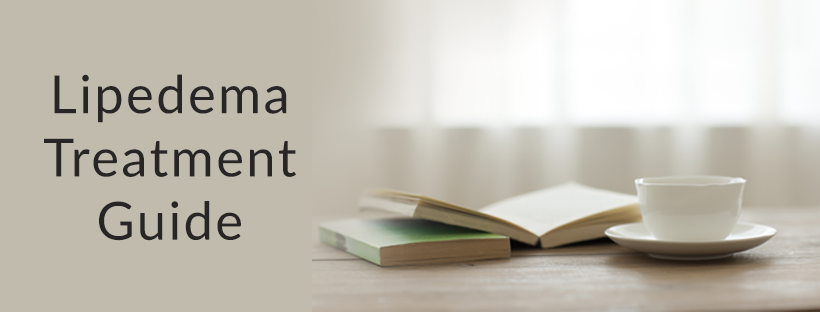My Client Has Lipedema!
What Does this Mean for the Personal Trainer?
Kathleen Lisson
Lipedema is a chronic, progressive adipose tissue disorder thought to affect around ten percent of the female population in America. Lipedema was first described by Doctors Allen and Hines of the Mayo Clinic in 1940. Almost 80 years later, the condition is often mistaken for obesity and not well known in the medical community. For many women, lipedema tissue starts appearing on the butt, thighs and calves at puberty and is extremely hard to reduce via diet and exercise.
Lipedema may cause:
- gait changes
- postural changes
- arthritis of knees
- valgus knee deformity / genu valgum / knock knees
- restricted ROM of knee
- flat feet / pes planus
- hypermobility
- pain
- bruising
- shortness of breath
In addition psychosocial issues surrounding body image and inability to find workout clothing may be barriers to working out.
How Can Personal Trainers Help Clients with Lipedema?
First things first, your workout is not going to magically melt the lipedema tissue off of their body. Though exercise may not reduce the lipedema adipose tissue, movement is valuable for overall health.
Warren Peled & Kappos (2016) state that "low levels of physical exercise are a risk factor for further deterioration of lipedema, especially in combination with an increase in body weight. The ultimate goal of therapeutic interventions is improving strength and fitness to enable an active lifestyle, which can help alleviate some symptoms, particularly in more mild cases” (Warren Peled & Kappos, 2016).
We may also need to modify goals. Instead of losing inches and pounds, we can focus on activities of daily living (ADL) like walking longer distances (perhaps charting progress with the 6MWT test) , getting in and out of the bed/chair/car, and other issues important to the client.
A Dutch study compared women with obesity to women with lipedema and found that those with lipedema had a slightly lower performance on the 6MWT and increased muscle weakness in the quadriceps. According to van Esch-Smeenge et al, (2017), “clinical examination of patients with lipoedema often reveals loss of muscle strength and exercise capacity compared to patients with obesity, posing a challenge to activity regimens” (van Esch-Smeenge et al, 2017).
Aerobic vs. Anaerobic: Exercise levels should not be too intense. According to the Fat Disorders Research Society, "intense exercise like running, spin class, or heavy weight training can deprive your muscles of oxygen which causes inflammation and can aggravate your lipedema. In general, if you can “feel the burn,” then that activity is too intense for you" (Exercise, n.d.).
Other posts on this blog cover specific exercise interventions that are suitable for the client with lipedema.
Resources:
Dayan, E., Kim, J.N., Smith M.L., Seo, C. A., Damstra, R.J., Schmeller, W. Frambach, Y., Carmody, M.A. Foldi, E., & Rockson, S. G., (2017). Lipedema - The disease they call FAT: An overview for clinicians. Boston MA: Lipedema Simplified Publications, The Friedman Center for Lymphedema Research and Treatment at The Center for Advanced Medicine at Northwell Health in collaboration with Lymphatic Education & Research Network (LE&RN).
Exercise. (n.d.). Retrieved from https://www.fatdisorders.org/excercise/
van Esch-Smeenge, J., Damstra, R., Hendrickx, A. (2017). Muscle strength and functional exercise capacity in patients with lipoedema and obesity: a comparative study.
Journal of Lymphoedema. 6/1/2017, Vol. 12 Issue 1, p27-31. 5p. Retrieved from http://lymphoedemaeducation.com.au/wp-content/uploads/2017/06/1.-jol_12-1_27-31_vanesch-1.pdf
Warren Peled, A., & Kappos, E. A. (2016). Lipedema: diagnostic and management challenges. International Journal of Women’s Health, 8, 389–395. http://doi.org/10.2147/IJWH.S106227 Retrieved from https://www.ncbi.nlm.nih.gov/pmc/articles/PMC4986968/









